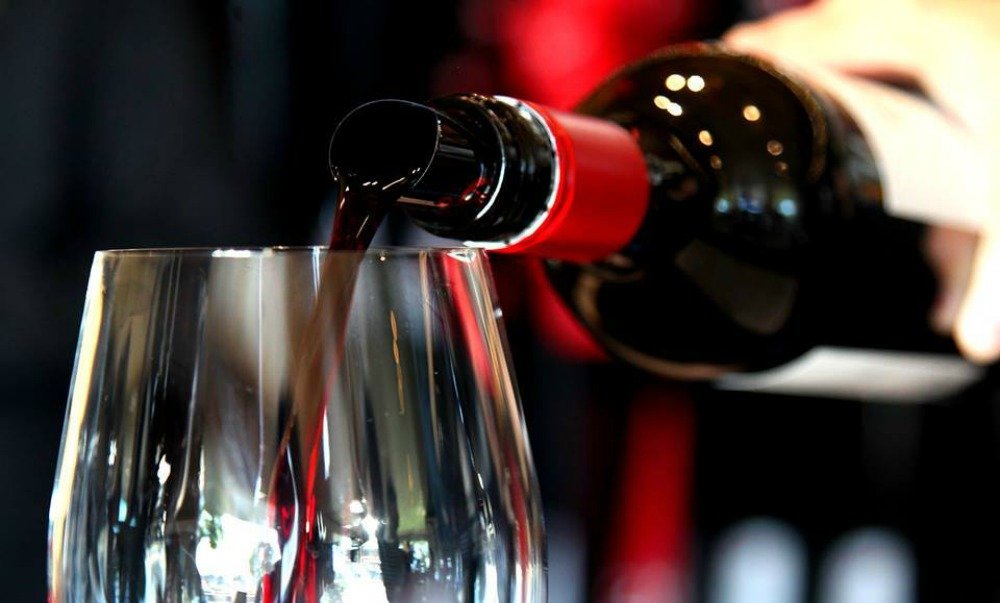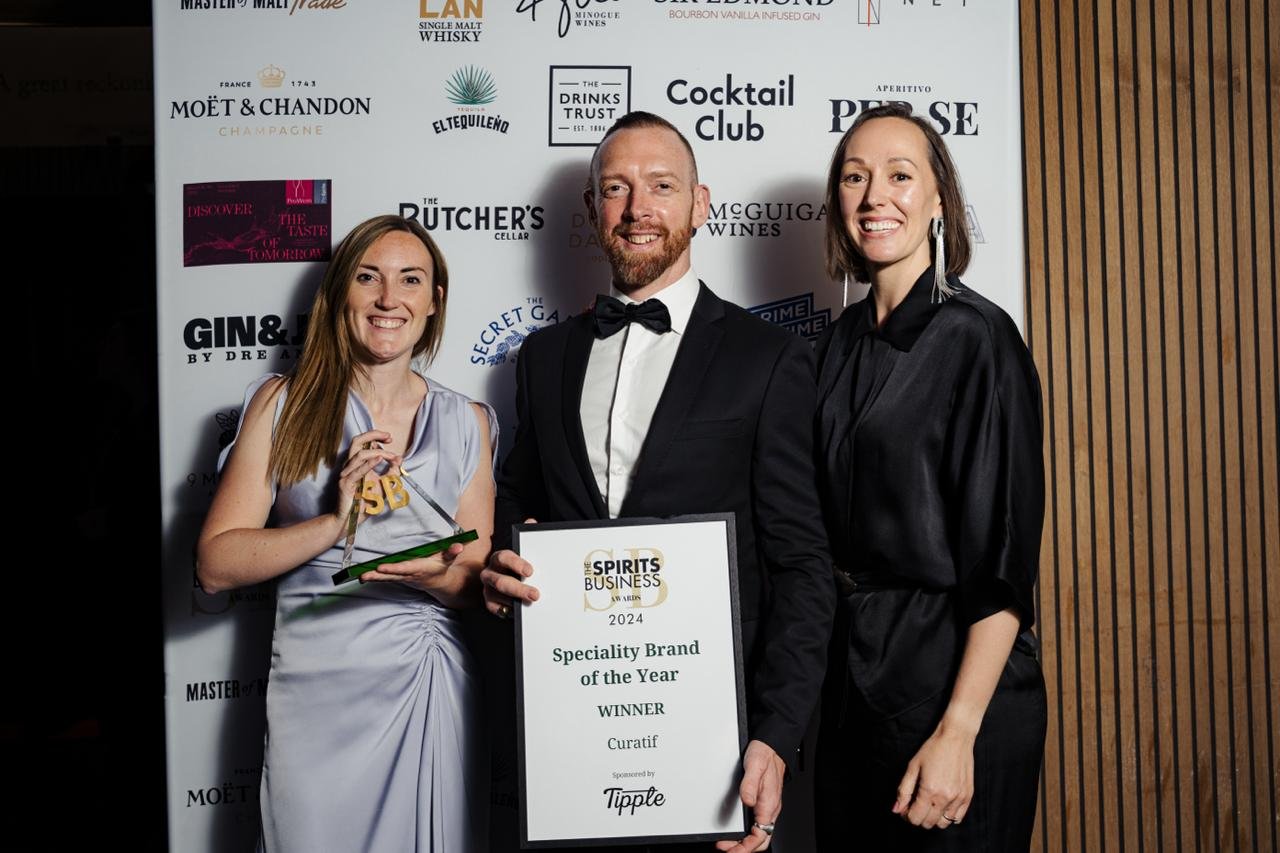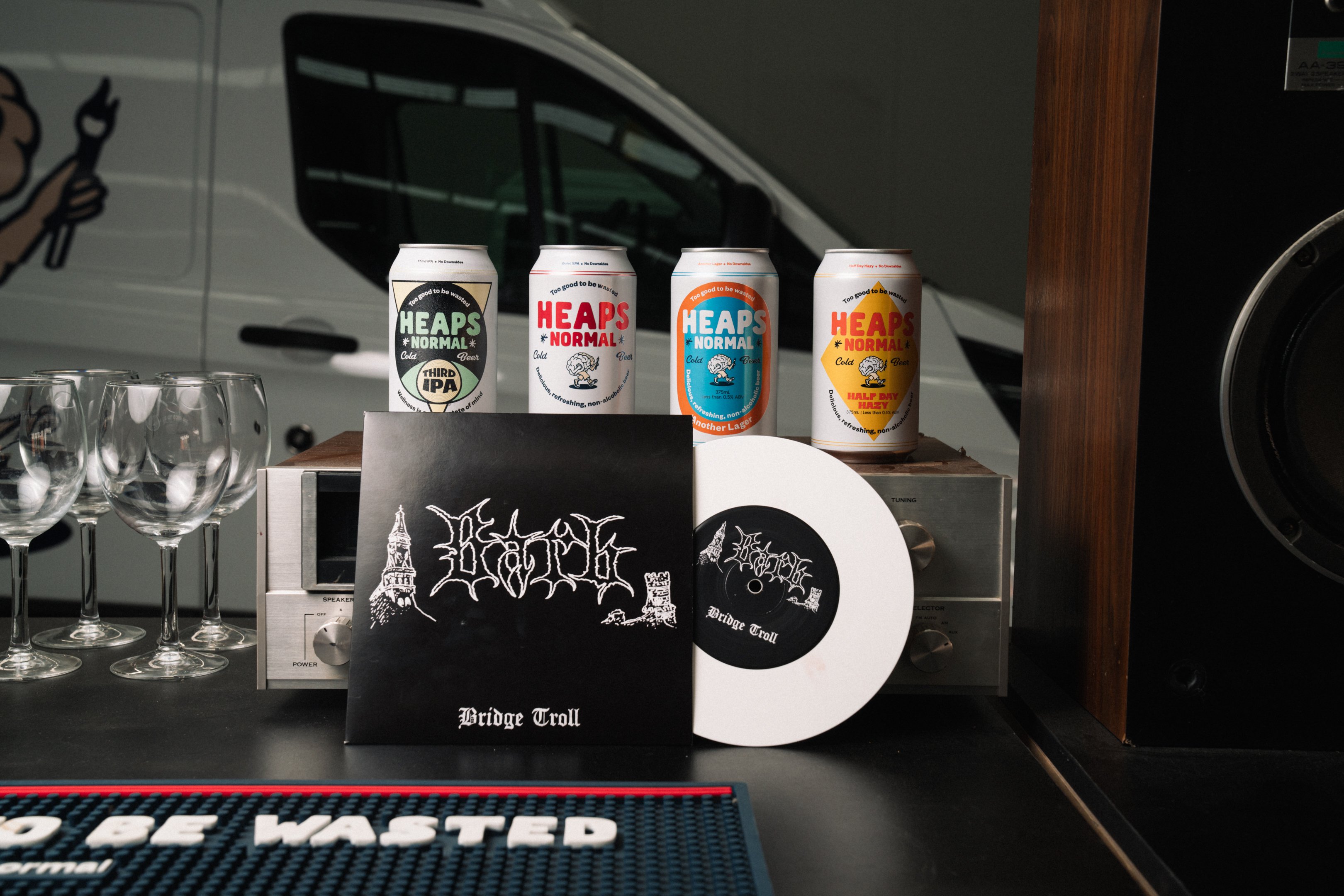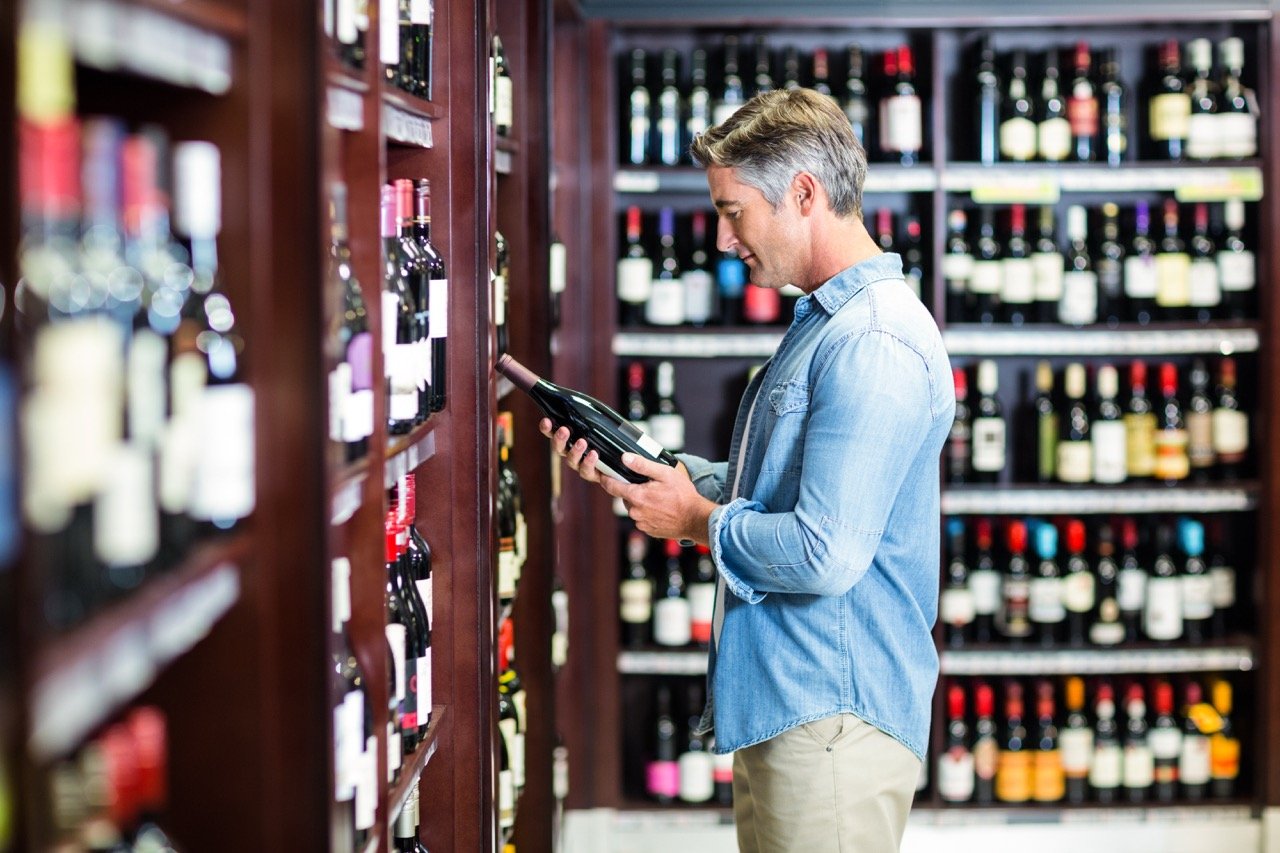New research has revealed that despite predictions that COVID-19 might cause a spike in alcohol consumption, there has been very little change in people’s drinking habits during the restrictions.
Researchers at the University of South Australia’s Ehrenberg Bass Institute for Marketing Science have found that overall wine consumption rates remain reasonably stable.
In a new paper – How has wine and alcohol purchasing and consumption changed during COVID-19 isolation in Australia? – UniSA researchers found that across red and white wine, beer and spirits, only 15 to 18% of respondents reported drinking more often than before lockdown.
Between 82 and 85% of those surveyed were consuming none, less or about the same of all types of alcohol as they were before the lockdown.
Research lead Professor Larry Lockshin says the representative survey of Australian wine consumers conducted in May this year, will form part of a wider international project being undertaken by the Academy of Wine Business Research across 11 countries to compare how different countries and cultures reacted to pandemic isolation measures.
“Despite a lot of predictions about how people would drink more, how they might join online wine tasting groups or party and drink with friends online and even buy their alcohol online – the survey has shown there has been very little change in buying and consumption habits in Australia,” Prof Lockshin said.
“We also asked our respondents where they were buying their wine during the COVID-19 lockdown. Again, there were no major changes in purchasing behaviour after lockdown. Many respondents did not purchase wine from online retailers (57% did not), winery websites (61% did not), or cellar doors (62% did not) during lockdown. Most shoppers stuck with their regular retail outlets."
The online figures especially seem to show that much of the sales volume from those outlets were the same customers just buying more; not a large influx of brand-new customers.
“Early data showing a spike in alcohol purchases in March, have been followed by fairly sharp declines in sales of beer and cider, spirits and wines in April and May, according to BeverageDaily.com (2020), which would suggest, much like with groceries, people were stocking up ahead of the shutdown,” Prof Lockshin says.
“Based on our research, Australian alcohol consumption appears to be relatively unchanged by the pandemic and it will be interesting to see if that changes as consumers are once again able to go to restaurants bars and clubs and drink in real time and in real life with their friends.”
US alcohol sales not spiking
It's a similar story in the United States. Danny Brager, senior vice president of beverage alcohol at Nielsen said: “Consumers are spending significantly less on alcohol because of the closures and restrictions to the on-premise space. People are just transferring their purchases, not buying more alcohol in total.”
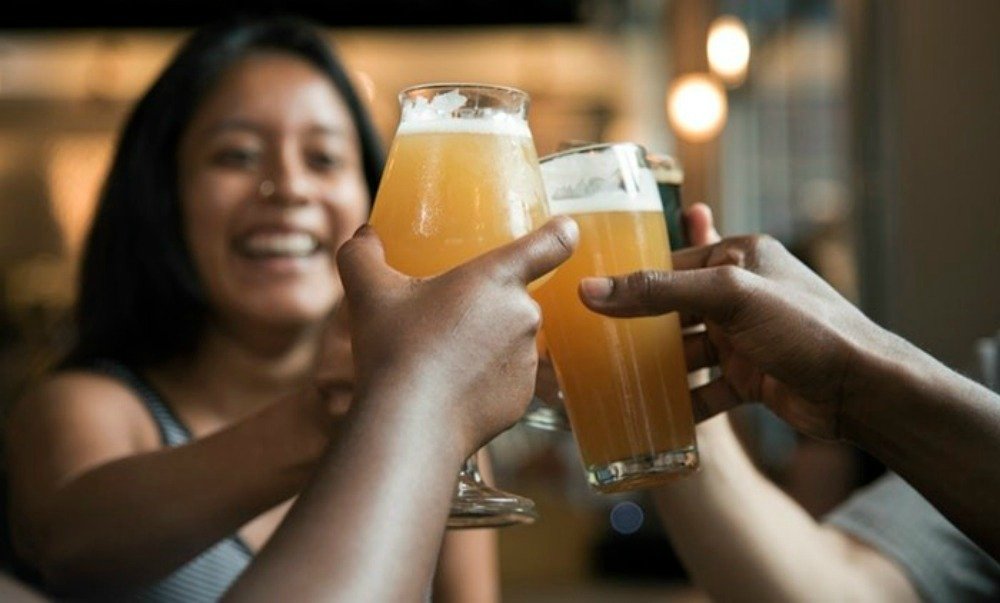
Nielsen calculates that off-premise volume sales would need to grow by at least 22% over the same time period last year to make up for the temporary loss of the on-premise gathering space if the country remained in full lockdown but allowed to-go sales from bars and manufacturers.
According to Nielsen estimates, on-premise sales account for approximately 45% of total beverage alcohol sales in dollars. If on-premise dollar sales have fallen 90%, as Nielsen figures, off-premise sales would need to grow by a consistent 73% to make up the difference.
“While off-premise value growth has been strong, it has not even approached that level,” Brager says.
Share the content
